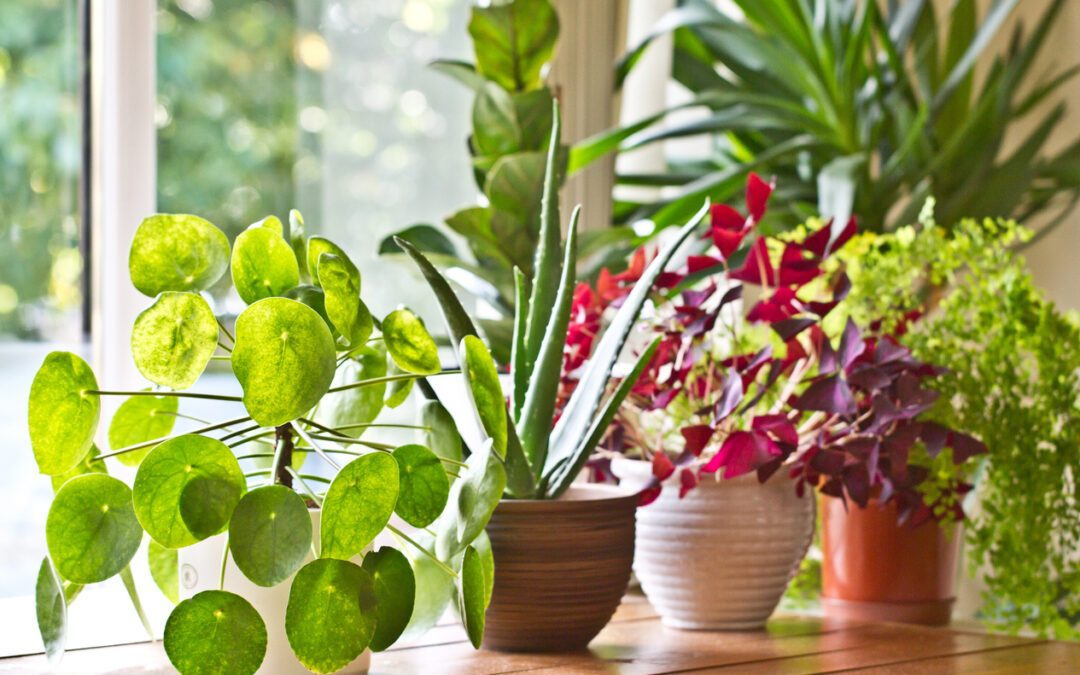You can improve your home’s indoor air quality by minimizing your use of irritating products, improving filtration, and improving ventilation.
Minimize Irritating Products
#1 Use fragrance-free products for cleaning and washing to minimize risk to those with allergies and asthma. Another option is using natural cleaners like baking soda and lemon.
#2 Use non-aerosol hairspray, deodorant, and furniture polish.
#3 Use beeswax candles instead of regular paraffin candles. Beeswax emits hardly any smoke, so it’s a great choice for those with allergies or asthma. Paraffin, a petroleum product, can negatively impact your home’s air quality.
#4 When selecting paint, choose paint that is “Low VOC” or “Zero VOC” to minimize your exposure to harmful chemicals.
Improve Filtration
#5 Add plants unless you are sensitive to mold. Many plants can help clear the air of toxic pollutants.
#6 Regularly change your HVAC system’s filter. Use a HEPA filter if possible to capture dust, contaminants, and allergens rather than recirculating them through your house.
#7 If you can’t remove the source of the indoor allergen, like the family pet, consider an air purifier. Choose one that effectively cleans (high efficiency rate) and has an air circulation rate sufficient for the space.
Improve Ventilation
#8 Properly ventilate. Use fans when cooking, especially with a gas stove. Use spray paint or chemicals outside or in a properly ventilated area.
#9 Periodically let fresh air in by opening windows from time to time.
#10 Consider a whole-house ventilation system to improve your indoor air quality.

